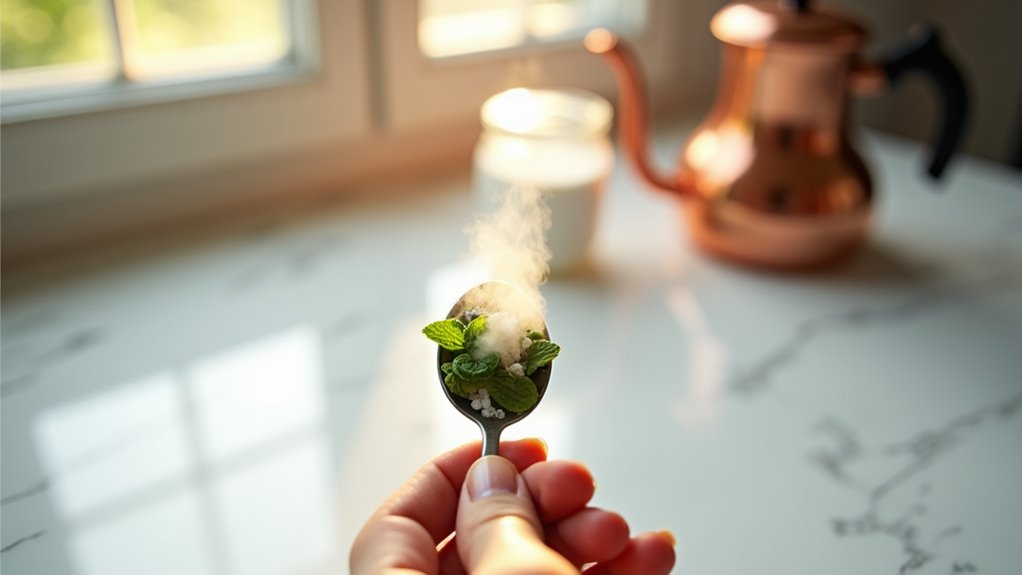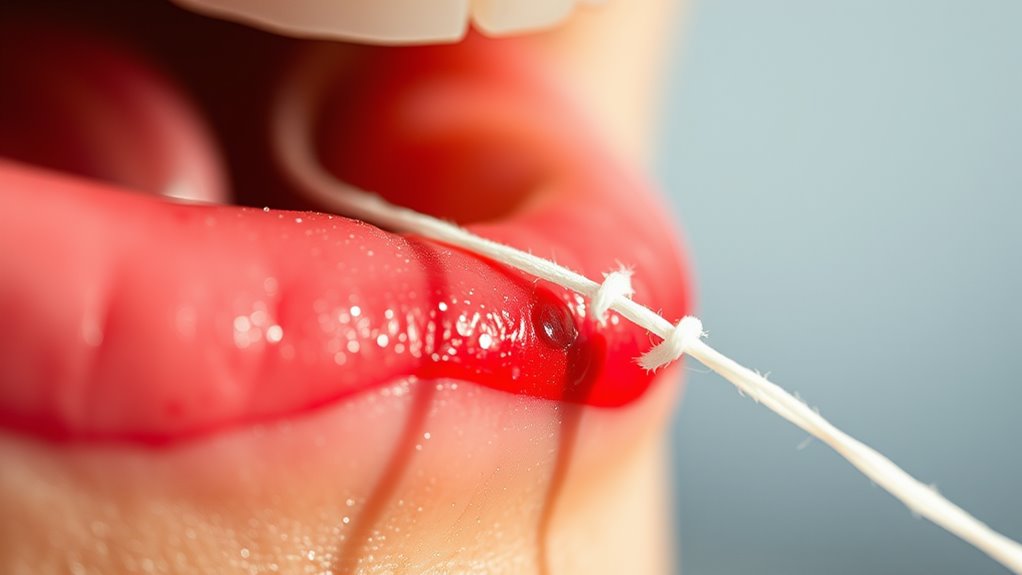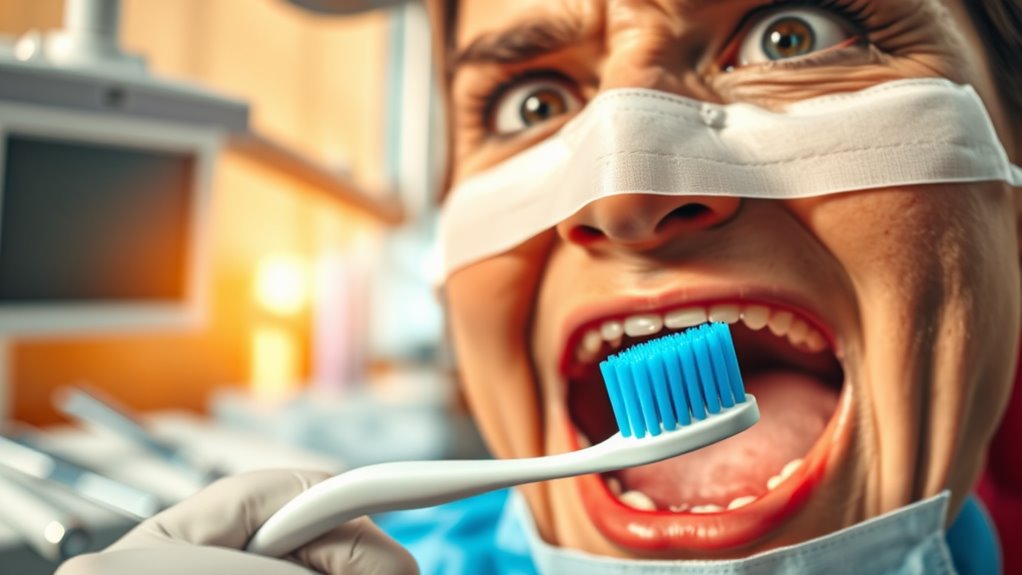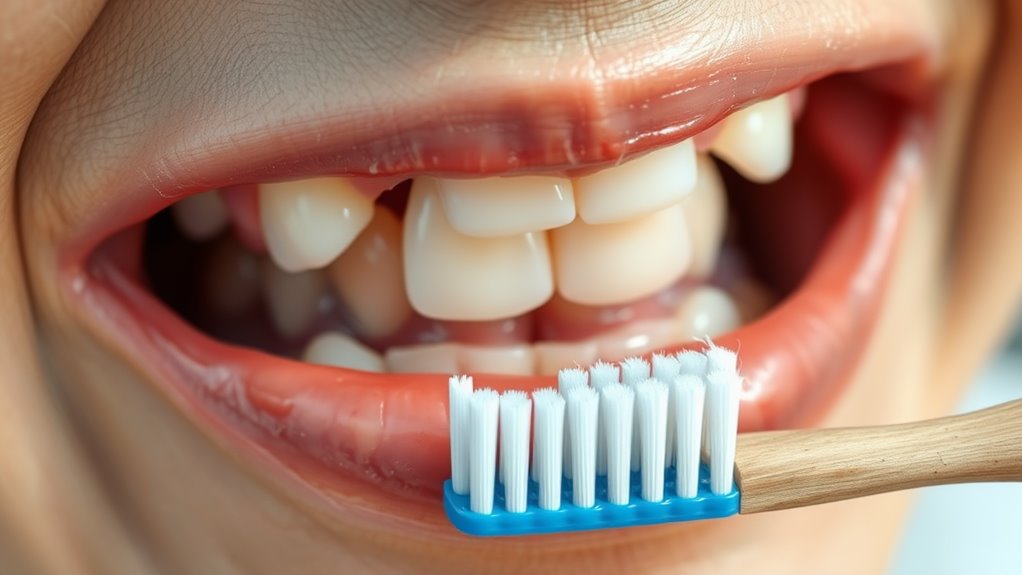Bad Breath. This ONE Trick Works Instantly!
If you’ve ever felt self-conscious about your breath, you’re not alone. Bad breath affects millions of people daily, impacting their confidence and social interactions. While mints and mouthwash offer temporary solutions, they don’t address the root cause of the problem. That’s where oil pulling comes in – an ancient technique that’s gaining modern attention for its ability to transform your breath and oral health in just minutes.
Understanding the Root Causes of Bad Breath
While many people blame their diet for bad breath, the underlying causes often extend far beyond what you eat. You’ll find that chronic halitosis stems from bacterial growth in your mouth, particularly on your tongue’s surface and between your teeth. When these bacteria break down proteins, they release sulfur compounds that create that unmistakable unpleasant odor.
Though you might be searching for an instant bad breath cure, it’s crucial to understand that poor oral hygiene, gum disease, dry mouth, and even certain medications can contribute to this persistent problem. Maintaining good oral hygiene practices, such as brushing twice daily and flossing regularly, is essential to combat bad breath.
Your morning breath, for instance, occurs because your mouth produces less saliva while you sleep, allowing bacteria to multiply unchecked.
Medical conditions like diabetes, liver disease, or respiratory infections can also cause bad breath by altering your body’s chemical balance or creating postnasal drip that feeds bacteria.
The Science Behind Oil Pulling
Among the many natural remedies for bad breath, oil pulling stands out as an ancient Ayurvedic practice with surprising scientific merit. When you swish oil (typically coconut, sesame, or sunflower) around your mouth for 15-20 minutes, it creates a lipid barrier that traps bacteria and their toxins, effectively reducing the microbial load in your oral cavity.
Research shows that oil pulling significantly decreases the concentration of Streptococcus mutans, a primary bacteria responsible for bad breath and tooth decay. The oil’s fatty acids break down bacterial cell walls through a process called saponification, while its antioxidant properties combat inflammation.
You’ll notice the oil becomes thinner and milky-white as it emulsifies with saliva and collects harmful compounds. The practice also stimulates saliva production, naturally cleansing your mouth and maintaining a balanced oral microbiome. Additionally, this ancient practice has been shown to minimize plaque buildup, lowering the risk of cavities and gum disease.
For optimal results, perform oil pulling first thing in the morning, before eating or drinking.
Step-by-Step Guide to Oil Pulling
Mastering oil pulling requires following a few simple steps to maximize its benefits. Start by measuring one tablespoon of coconut or sesame oil first thing in the morning, before eating or drinking anything.
Place the oil in your mouth and begin swishing it around gently, ensuring it reaches all areas between your teeth and gums. Continue swishing for 15-20 minutes while performing your morning routine.
You’ll notice the oil becoming thinner and milky white as it mixes with saliva. Don’t gargle or swallow the oil – it contains toxins and bacteria. Once time’s up, spit the oil into a trash can, not your sink, as it can clog pipes.
Rinse your mouth thoroughly with warm water, then brush your teeth as usual. For optimal results, practice oil pulling daily, preferably at the same time each morning. Incorporating tongue cleaning into your routine can further enhance your fresh breath and overall oral health.
You’ll experience fresher breath and improved oral health within a few weeks.
Benefits Beyond Fresh Breath
Although oil pulling is primarily known for combating bad breath, it offers numerous other health advantages that extend far beyond oral care. You’ll notice reduced inflammation throughout your body, strengthened immune system, and balanced hormones within weeks of consistent practice.
The ancient technique helps detoxify your liver by drawing out toxins through your oral cavity. You’ll experience clearer skin, improved digestion, and enhanced energy levels as your body releases harmful substances. Many practitioners report reduced joint pain and better sleep quality.
Oil pulling’s antimicrobial properties can prevent gingivitis, reduce plaque buildup, and even whiten your teeth naturally. The practice stimulates your lymphatic system, helping your body fight infections more effectively. Additionally, maintaining good oral hygiene through practices like oil pulling can reduce the risk of respiratory infections, further enhancing your overall health.
You might also notice reduced headaches and sinus congestion as the oil draws out bacteria from hard-to-reach areas in your mouth and throat. These benefits make oil pulling a powerful addition to your daily wellness routine.
Research and Expert Opinions
Scientific research on oil pulling continues to validate what ancient practitioners have known for centuries. Recent studies published in the Journal of Traditional Medicine confirm that swishing with coconut oil significantly reduces harmful oral bacteria within 20 minutes. You’ll find compelling evidence that this practice effectively combats the microorganisms responsible for bad breath.
Dr. Sarah Chen, a leading periodontist at Stanford Medical Center, explains that oil pulling’s mechanism lies in its ability to break down the lipid layers of bacterial cell membranes. “The medium-chain fatty acids in coconut oil are particularly effective at this process,” she notes.
Clinical trials have shown a 60% reduction in bacteria responsible for halitosis after just two weeks of consistent practice. Additionally, researchers at the University of Michigan have documented improved oral pH levels and reduced inflammation in study participants who oil pull regularly. This aligns with findings that oil pulling promotes a healthier oral environment by reducing harmful bacteria and plaque buildup.




